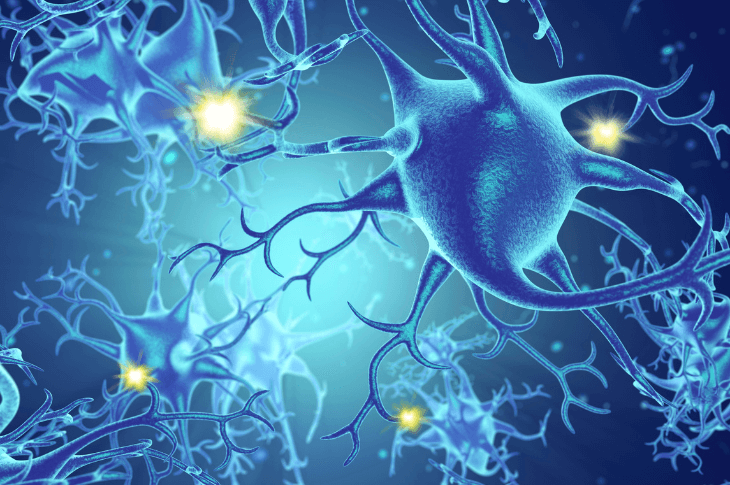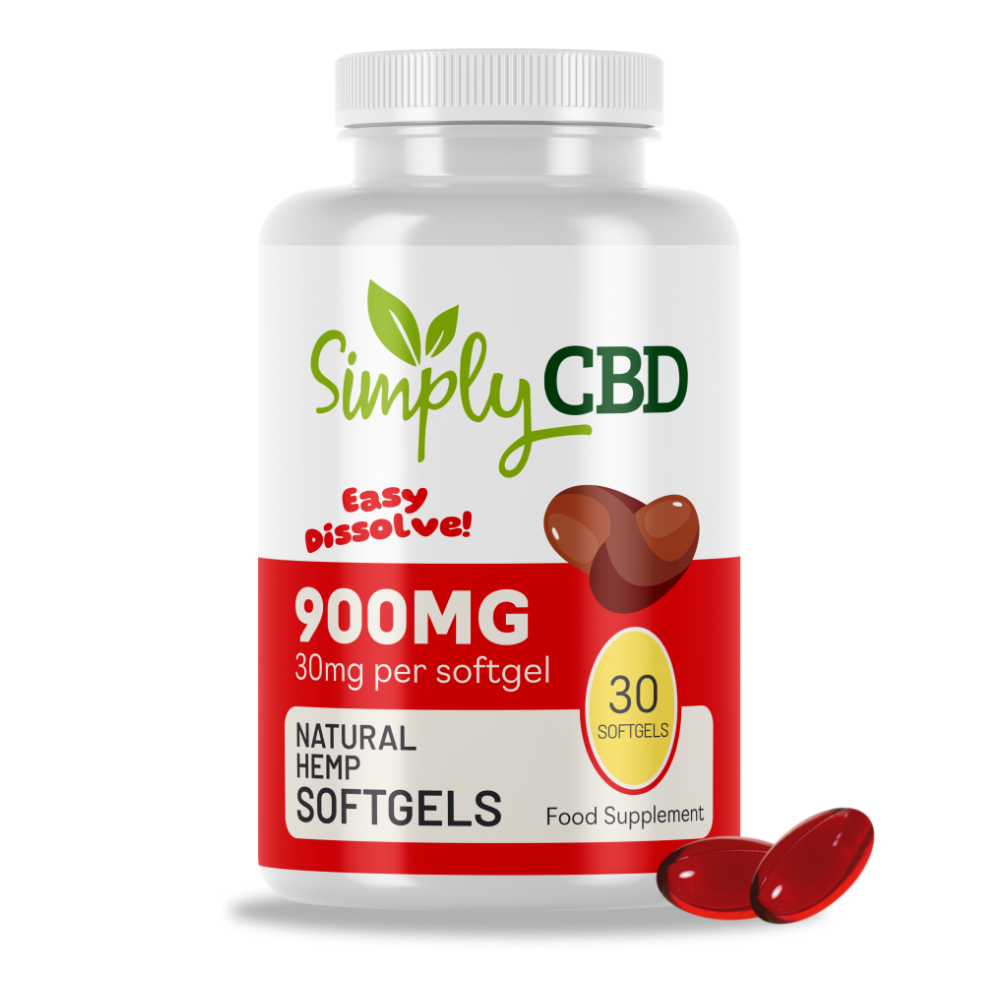
The endocannabinoid system (ECS) is an incredibly important and complex cell signalling system in the body. It helps regulate various essential bodily functions to maintain homeostasis. This system is also the reason that the body is able to effectively interact with cannabinoids like CBD. Learning about the ECS can give CBD users a better understanding of how their favourite products interact with their bodies.
What is the endocannabinoid system?
In the early 1990s, researchers discovered the endocannabinoid system, which is made up of three main parts. Endocannabinoids, receptors, and enzymes all work together to maintain homeostasis in the body.
Endocannabinoids
Endocannabinoids are molecules made by the body that are similar to cannabinoids, which come from the hemp plant. They are produced as needed to regulate various bodily functions. When there is an issue in the body that disrupts homeostasis, such as pain, endocannabinoids bind to the relevant receptors to initiate a response. The two main identified endocannabinoids are anandamide (AEA) and 2-arachidonoylglyerol (2-AG). The name for anandamide comes from the Sanskrit word for bliss (ananda) as it has calming effects.
Receptors
Endocannabinoid receptors are found abundantly throughout the body. The two confirmed receptors are CB1 and CB2 receptors, but researchers believe there could be more that are yet to be discovered. CB1 receptors are found in the central nervous system, including the brain and spinal cord. CB2 receptors are found in the peripheral nervous system, including within major organs and immune cells. Endocannabinoids and some cannabinoids can bind to these receptors.
Enzymes
Enzymes within the ECS break down endocannabinoids once they have served their purpose. There are two main enzymes that carry out this function. The first is called fatty acid amide hydrolase, and it’s responsible for breaking down AEA. The second is called monoacylglycerol acid lipase, and it’s responsible for breaking down 2-AG.

What is homeostasis?
A body that is maintaining homeostasis is one that is running to its ideal level of function. Essentially, it means that all of the elements in the body’s internal environment are in the right zone and are presenting no issues. This includes factors like temperature and immune function. If anything throws off the body’s homeostasis, the ECS begins working to bring everything back to normal. For example, if the body experiences pain from an injury, the ECS kicks off the response to rectify this and return the body to its ideal levels of operation.
How does the endocannabinoid system work?
When something disrupts the body’s homeostasis, a coordinated response from the ECS occurs. First, the body produces the necessary endocannabinoids. These endocannabinoids then bind to the relevant receptors to initiate a response to the disturbance. For example, in the event of inflammation from infection, endocannabinoids may bind to receptors in immune cells so they can respond accordingly. Once the endocannabinoids have served their purpose and the issue has been rectified, enzymes break them down. This cycle occurs whenever there is any type of disruption to the body’s homeostasis, such as temperature changes, pain, anxiety, or digestive issues.
What bodily functions is the endocannabinoid system responsible for?
Scientists are still working to fully understand the ECS and the various roles it plays within the body. Some of the bodily processes it has been linked to include:
- Digestion
- Mood
- Inflammation and pain responses
- Sleep
- Learning
- Memory
- Appetite
- Fertility
- Stress and anxiety responses
- Cardiovascular function
- Regulation of temperature
- Immune function
- Motor control
This list is not exhaustive as the full extent of the ECS’s role is still unknown.
How does the endocannabinoid system relate to CBD and other cannabinoids?
The ECS is the reason our bodies are able to interact with cannabinoids, including CBD. It’s also worth noting that the ECS was discovered during research into THC, the cannabinoid that can cause a ‘high’ sensation. Without cannabinoids, scientists may not have discovered this essential bodily system.
Different cannabinoids interact with the ECS in different ways, which is why the results they produce vary. For example, THC binds to receptors in the same way as endocannabinoids, but it’s not broken down in the same way. This interaction causes the ‘high’ feeling associated with cannabis. However, the trace quantities of THC in full spectrum CBD products is not enough to ever cause any intoxicating effects.
In contrast with THC, CBD is thought to interact with the ECS by inhibiting the enzymes from breaking down endocannabinoids so they can be more effective. Some researchers also believe that CBD may bind to a type of receptor that has yet to be discovered. CBG or cannabigerol, another important cannabinoid, combines elements of the interactions that THC and CBD have with the ECS. It binds to the receptors like THC, but like CBD, it causes no intoxicating effects. Some cannabinoids have a high affinity for one type of receptor over the other. For example, CBN (cannabinol) tends to bind more to CB2 receptors than CB1 receptors.
How to build up the endocannabinoid system using CBD products
When first starting with CBD products, giving the endocannabinoid system some time to ‘wake up’ and recognise the CBD is essential. Starting low and slowly building up in both dosage and usage frequency is the best way to do this. Once a user begins to feel their desired effects, this means they have found their sweet spot and should continue with this dose and frequency.
Each person’s endocannabinoid system is different. This means the rate at which a user will begin to feel their desired benefits from CBD can vary widely. While some users may feel the effects straight away, it can take up to eight weeks for the ECS to begin reacting to CBD. It’s crucial for users to be consistent while building up and increase their doses incrementally.
A common misconception among new CBD users is that starting with a high dose will produce better results at a quicker rate. However, this is far from the truth. Overloading the ECS with high levels of CBD at once can cause undesirable effects. This is because CBD works on a bell curve, so going over it can produce diminishing returns.

Key takeaways
Here are the key points to remember about the endocannabinoid system:
- The ECS is made up of three main parts - receptors, endocannabinoids, and enzymes.
- Endocannabinoids are molecules made by the body that are similar to cannabinoids and bind to receptors to initiate an action.
- Receptors are found in the central nervous system (CB1) and peripheral nervous system (CB2).
- Enzymes break down endocannabinoids once they have served their purpose.
- The main function of the ECS is to maintain homeostasis by regulating various bodily functions.
- Some of the functions the ECS is linked to include sleep, mood, digestion, memory, and pain responses.
- The ECS is the reason the body is able to interact with cannabinoids.
- CBD is thought to prevent the breakdown of endocannabinoids and may bind to a type of receptor that has yet to be discovered.
- Building up the ECS with CBD is a process that’s unique to each individual and can take up to eight weeks.










